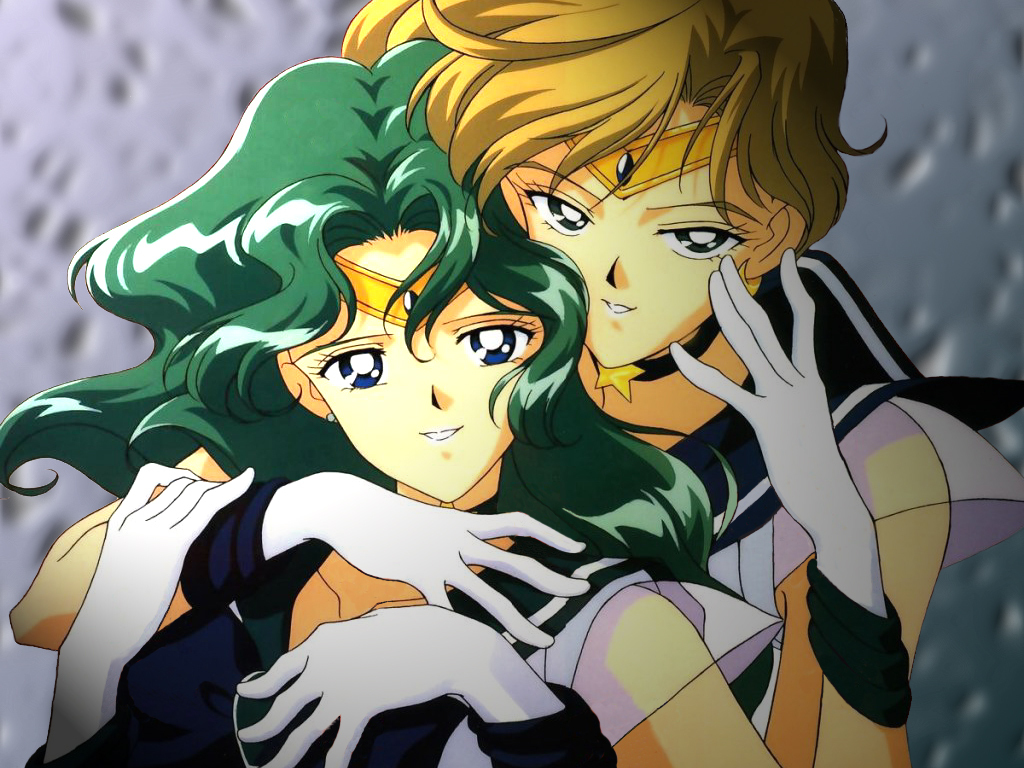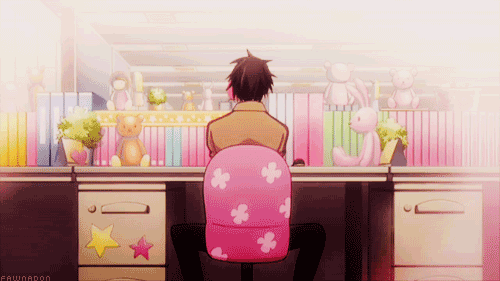“As if it were attempting to sea the leakage of ‘reality’ from the factory of fantasy, Hollywood resorted to every possible means to eradicate the voices of labor. It ranged from an outright violent repression- deploying thugs, private police, and the (social) department (in case of Warner Brothers)- to the use of collaborative unions, and, most significantly, the rhetoric of ‘anti-communism’” (page 75).
While it is important to look at the lack of representation in films when it comes to oppressed people it is also important to look at the representations that do exist, especially when there is an overlapping theme among those who portray characters. On page 74 there is a quote on motion pictures being silent propaganda; a visual stimulant that one subconsciously takes with them past the time the screen is turned off. I once heard that Leave it to Beaver‘s June Cleaver was meant to show women who had “forgotten their place” outside of the home post-WWII how incredible the pumps-and-pearls lifestyle was. It was meant to remind them how glorious it was to be a stay-at-home mother and wife. Of course, the “them” that was being reminded of this American dream were not those who had already found the dream one they weren’t allowed to experience in waking life. Looking back, we can clearly see how the absence of opportunity and representation for women of color was exhibited through a women meant to represent only the white, middle-class family. And, in this representation the propaganda for who was middle-class, who was pumps-and-pearls, an who was the all American wife was obvious.
It is through this form of representation that stereotypes and type-casting becomes problematic. On page 104, Kato describes how the extras for what seems to be the “bad guy’s posse” were contrived of Chinese addicts without housing in Hong Kong. Not only does this give us a view on how people treat those with addictions (immediate villains)and in poverty but it creates this face-to-the-lifestyle sort of propaganda. Our subconscious remembers the bad guy from on screen and moves that image out of Hollywood. And as discussed through pages 100-104, there is a large amount of concealing the reality of those images that goes into the production of the film. No one wants to see the green screen, and that is understandable, but it’s the “Disneyland myth” in terms of labor that proves to have the negative impacts; “[...]where the trace of labor, not to mention of resistance, is completely erased in the final product” (page 104). The viewer begins to become disassociated with the labor that is necessary for the product and this issue expands into clothing and food production (among others).
However, there remains to be activism through alternative methods . I looked into this when researching the art that came from the American Japanese Internment Camps during World War II and found that by discrediting resistance that does not fit the common definition, we are erasing both the voice and the courage that came through the art. On pages 89 and 108, we are given examples of how Hendrix and Lee (respectively) used their power as pop culture icon and their art to fight back as activists.














